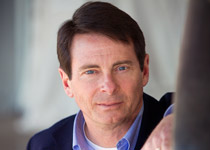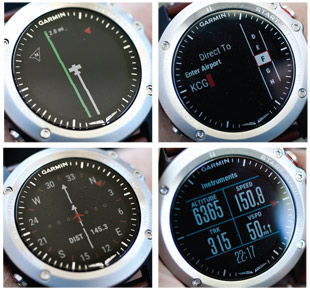 Technology has a way of sneaking up on us. Something new shows up. We adapt and use it. Life goes on. But when you look back over even a relatively short period of time, the change is astounding. Modern cockpits are mind-numbingly capable, for example. And yet, just a decade ago primary flight displays were brand new. Two decades ago, GPS was the rage. When I learned to fly, we were astounded by DME; loran was simply mind-blowing. But like anything else, technology is a double-edged sword. In the right hands and the right situations it’s a big help. Used wrongly, well, look out.
Technology has a way of sneaking up on us. Something new shows up. We adapt and use it. Life goes on. But when you look back over even a relatively short period of time, the change is astounding. Modern cockpits are mind-numbingly capable, for example. And yet, just a decade ago primary flight displays were brand new. Two decades ago, GPS was the rage. When I learned to fly, we were astounded by DME; loran was simply mind-blowing. But like anything else, technology is a double-edged sword. In the right hands and the right situations it’s a big help. Used wrongly, well, look out.

The Garmin D2 Bravo is like a mini-flight management system on your wrist. Clockwise from upper left, moving map, entering an airport ID, instrument readout, HSI with distance.
In this issue of AOPA Pilot we attempt to hold technology up like a crystal orb, to examine it from all sides, and hopefully offer some perspective that will help you decide what and how much technology is right for the kind of flying you do—and maybe, at least a little, inspire you to consider what future fliers might have at their disposal.
My current technology marvel is the Garmin D2 Bravo watch, which I used to navigate direct-to from Appleton, Wisconsin, to Frederick, Maryland, nonstop and without a hitch after EAA AirVenture. The $700 watch’s built-in GPS showed groundspeed, track, and distance as precisely as the TSOed, STCed, and highly financed avionics in the panel. It includes a worldwide airport database. One screen continuously shows you the distance, time, bearing, and track to the nearest airport as you fly along. A rudimentary moving map shows airports along your path. An HSI provides precise guidance on a course. A touch of a button cycles it through the various screens. There’s also an altitude alerter and various timers.
There are no TFRs, airspace depictions, or naviads, but in an all-out electrical failure, you could accurately find your way to an airport by glancing at your wrist.
Bluetooth the device to Garmin’s Pilot EFB app and you can receive METARs on your wrist. Connect to the Garmin Connect app and receive text, Twitter, and calendar alerts as well. And if you’re into fitness, the watch and app work together to track all sorts of activities from walking to downhill skiing to swimming (it even identifies the type of stroke you are making, although doggy paddle seems to be missing from the list). Makes me feel like a slacker. The watch also can connect to and control your Garmin Virb action camera—nice for all those in-flight videos we like to create.
In fact, it’s so connected, it’s kind of freaky. I took off in my airplane the other day and after a while I glanced at the watch. It had automatically gone into flight mode and was showing me track, vertical speed, groundspeed, and altitude. Once I told it where I was going, it settled into full navigation mode. Upon touchdown, it sensed the end of “an activity” and saved the flight, which it then Bluetoothed to my smartphone where I could analyze the flight in a bunch of ways. Graphs show speed, altitude, and temperature changes over the course of the flight. Want to see where you’ve been? It will show the route on a detailed map. Although my speed averaged 156.771057 mph, it declared I burned zero calories, which is kind of a bummer.
The rechargeable battery lasts weeks, depending on how it’s used, and it gives you several days of warning before the battery goes dead. This I have fully tested.
Back when loran was cool, we thought the Dick Tracy watch was science fiction. Guess again.
Email [email protected]
Editor in Chief Tom Haines likes his technology, but enjoys pilotage as well—with a finger on his digital charts.
Follow on twitter@tomhaines29



